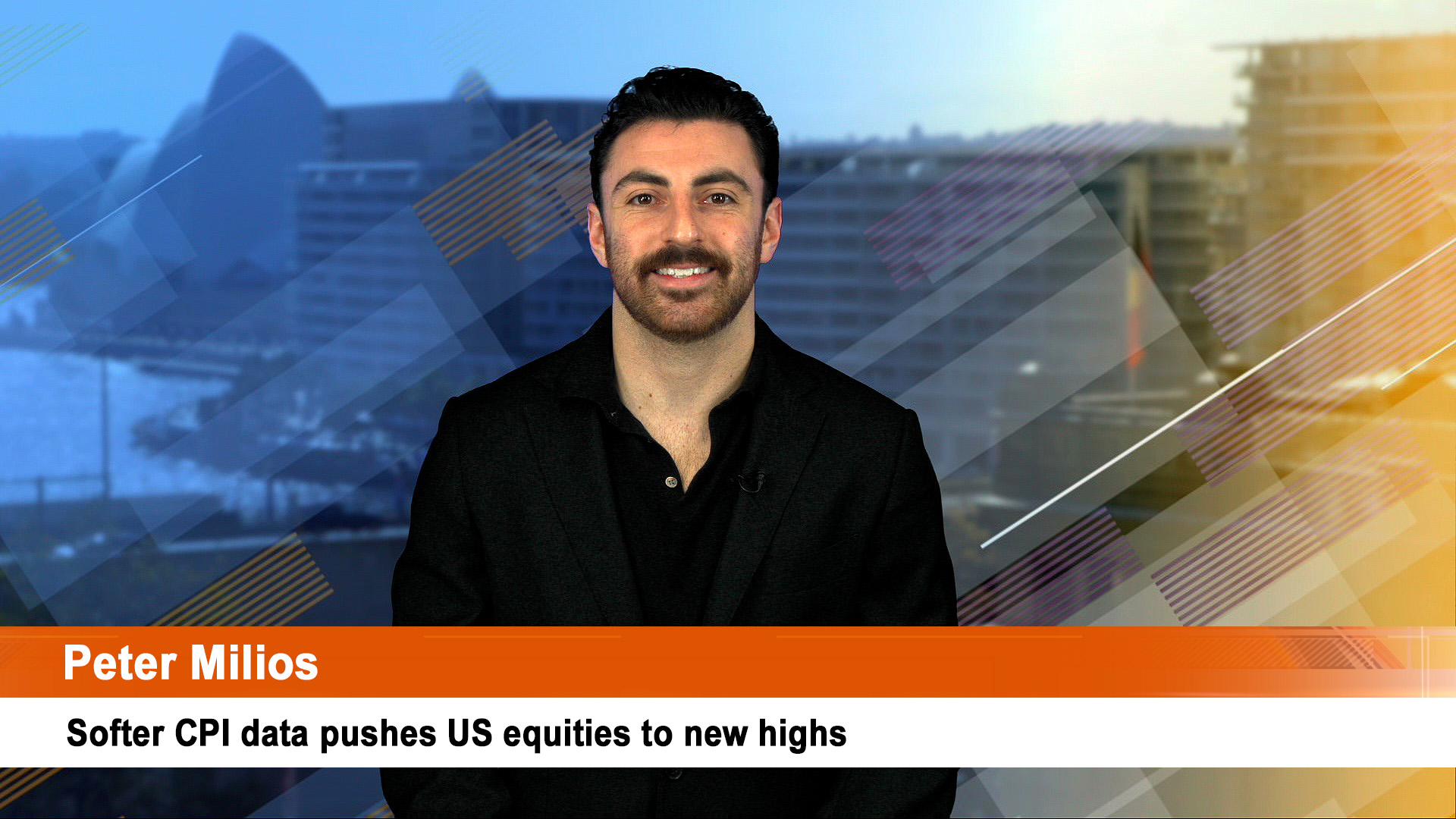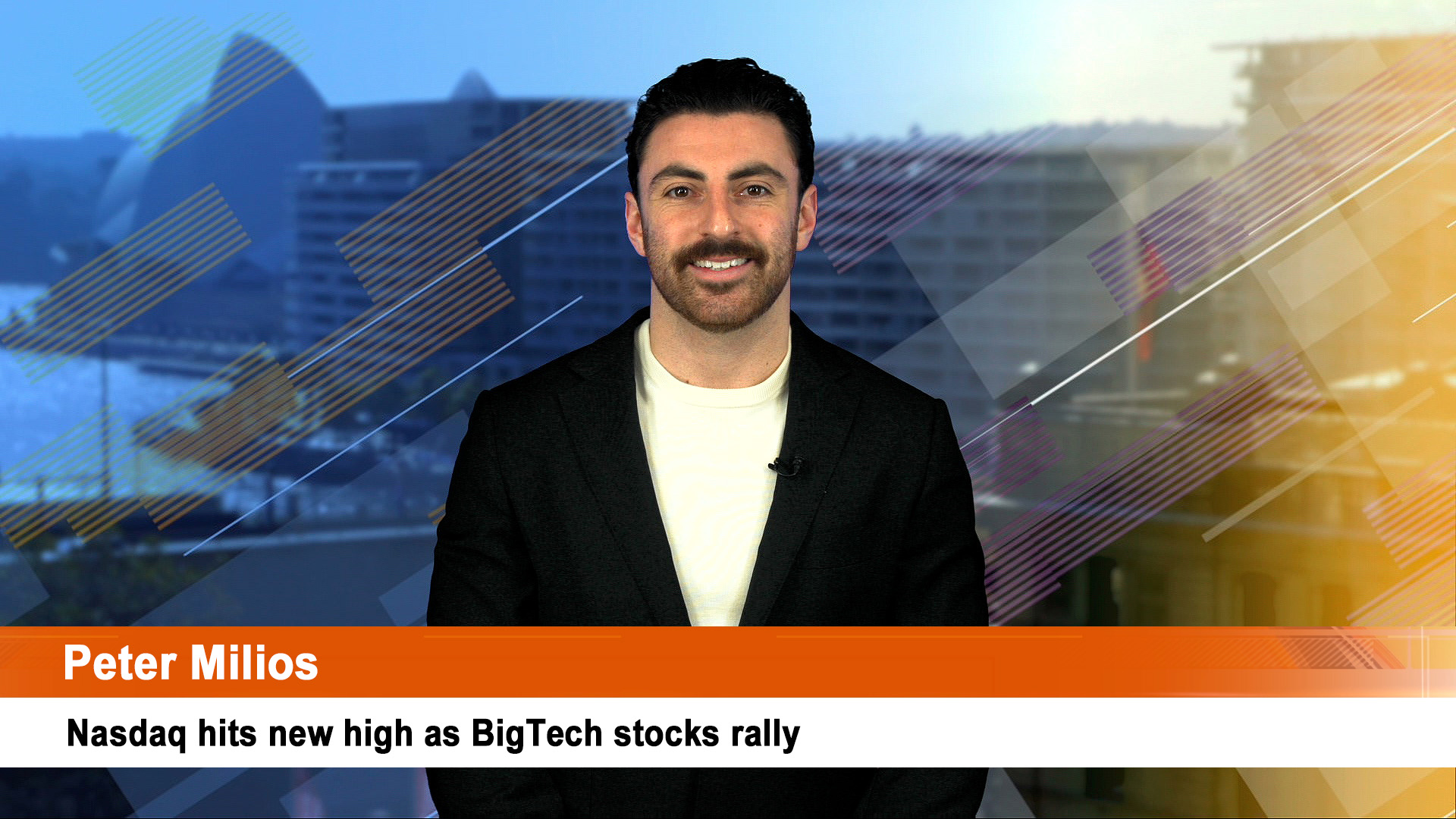The S&P 500 and Nasdaq Composite jumped Friday to finish their best week of the year, as continued strength in earnings reports extended the tech-led rebound from January’s rout and Thursday’s reminder.
Thursday’s sell-down – driven by the weak earnings reports and outlooks from Meta Platforms (nee Facebook) and streaming audio service Spotify – was quickly forgotten after the release of the jobs report for January. It was much higher than forecast, with hundreds of thousands of extra jobs found in weak December as well as November.
It was however not to the liking of traders in ASX 200 futures who ignored the rebound locally on Friday and sent the Share Price Index down 41 points by the close of the week’s trading early Saturday, Sydney time.
The ASX200 index rose 0.6% on Friday to end the week at 7,120.2, while the All Ordinaries Index rose the same amount to 7,418.9. That left the ASX 200 with a solid 1.9% gain for the week.
But according to futures trading, that wasn’t enough to offset some negatives vibes from Wall Street, even though Amazon had a solid 13.5% jump.
Those extra jobs in December and November though weren’t so much a sign of a stronger economy but were due to annual revisions and changes to the benchmark process in the data – hundreds of thousands of jobs were gained and lost in earlier months in 2021.
So the extra jobs should be taken as a too bullish point, although that’s what markets did with that data and Amazon’s quarterly figures.
The strong jobs report saw US 10-year Treasury bond yields top 1.90% for the first time since December 2019 – as the pandemic was breaking out in China and with little.
Trading saw the 10-year yield peak at 1.939% and ended at 1.915%. The US 10-year yield is up from 1.51% at the end of 2021.
Earlier the Australian 10-year bond yield ended higher at 1.96% and the Aussie dollar weakened and fell back under 71 US cents to 70.77.
The January jobs report showed 467,000 new positions. Economists were seriously wrong – they had forecast a small gain of 150,000 – and some economists had predicted a fall because of all the Covid omicron cases.
Economists cautioned before the report that it could be noisy because of an omicron wave hitting while the survey was taking place. They forgot the revisions to the benchmarking.
The S&P 500 rose 0.5% to 4,500.53, while the Nasdaq Composite climbed 1.6% to 14,098.01. The Dow eased 21.42 points, or 0.06%, to 35,089.74.
For the week, the S&P 500 1.5% higher, and the Nasdaq rose 2.4%, despite Thursday’s 3% plus slide. The Dow ended the week up 1.1%.
These were the second weekly advances of 2022 for the major averages — which were under pressure in January as worries of higher interest rates dragged down tech names.
But the Nasdaq is still 13% below its all-time high and the S&P 500 is more than 6% lower.
Friday saw Amazon lead the gains on the S&P 500 and Nasdaq, ending 13.5% higher on the misleading strong earnings result (because of a one-off paper gain on an investment) offset by stronger revenues from its cloud business, AWS, as well price rises for Prime membership.
Still it was Amazon’s sharpest one day gain since 2015 and more a reflection of how febrile investor attitudes are now to the tech giants that an above average, but still weakish, report from Amazon (with billions of dollars in extra costs) can get investors all enthused.
The week’s culprit, Meta Platforms (AKA Facebook) saw its shares ease a further 0.28% for a weekly loss of more than 21% and a loss year to date of close to 30%.
Much not to like in the Meta data.













